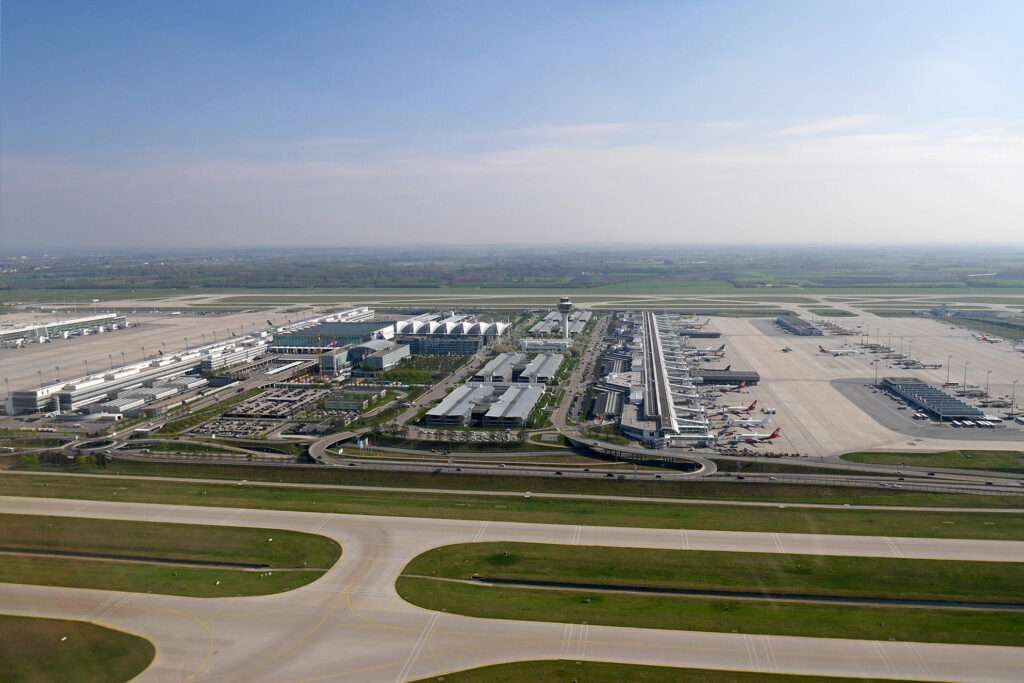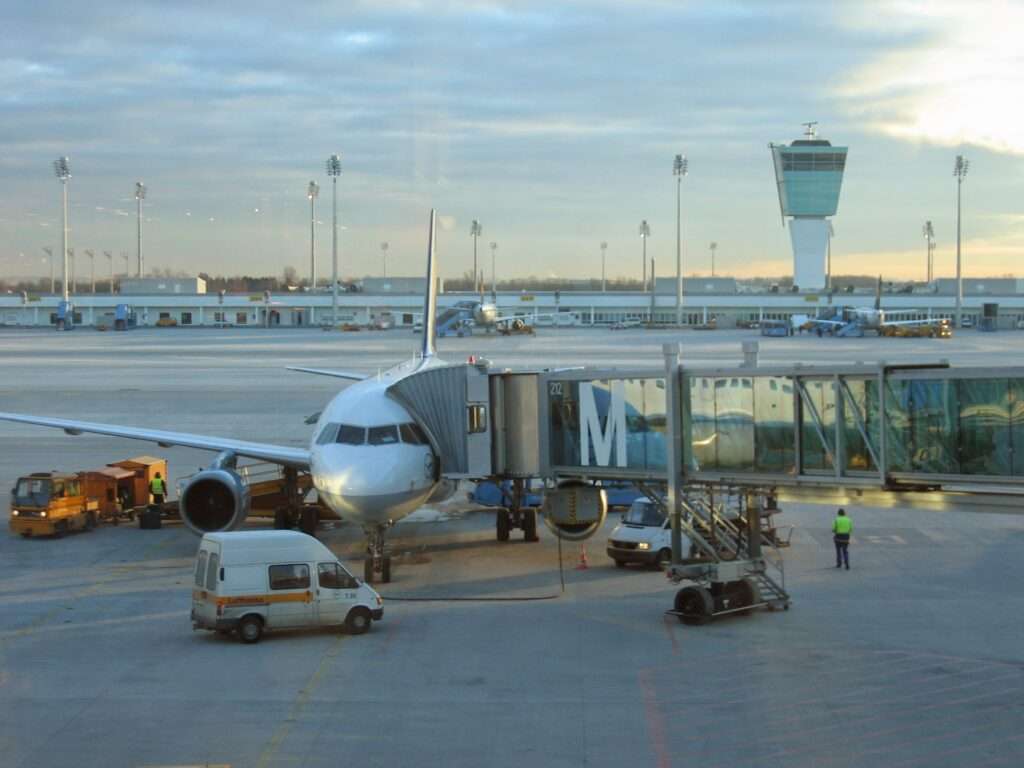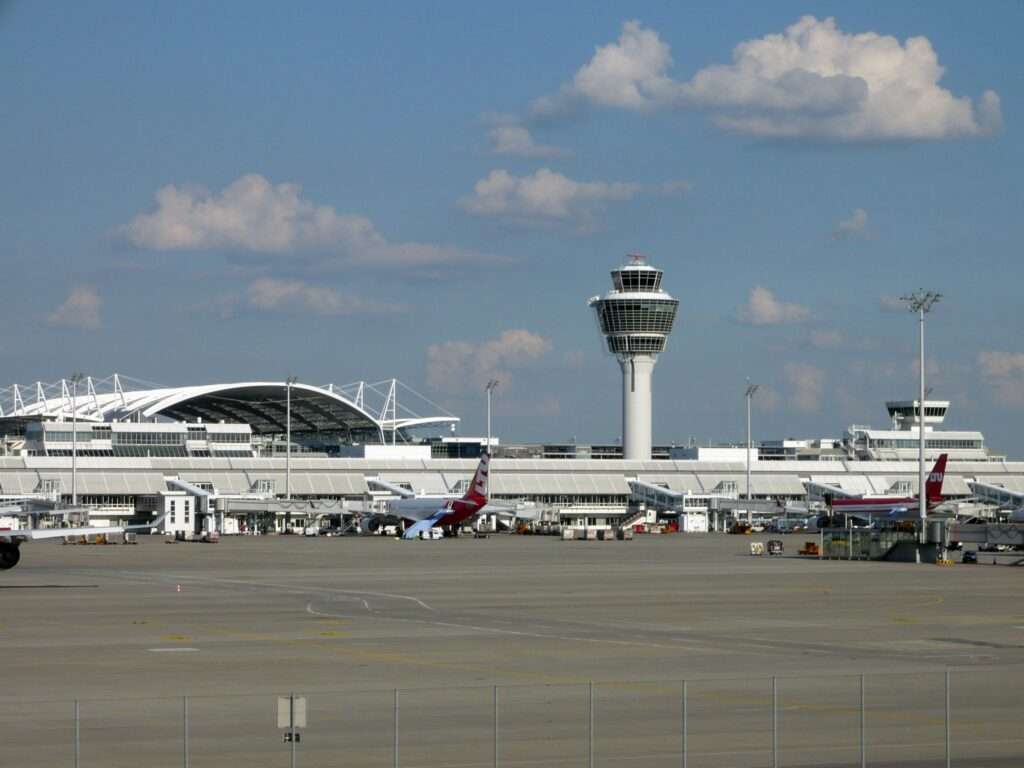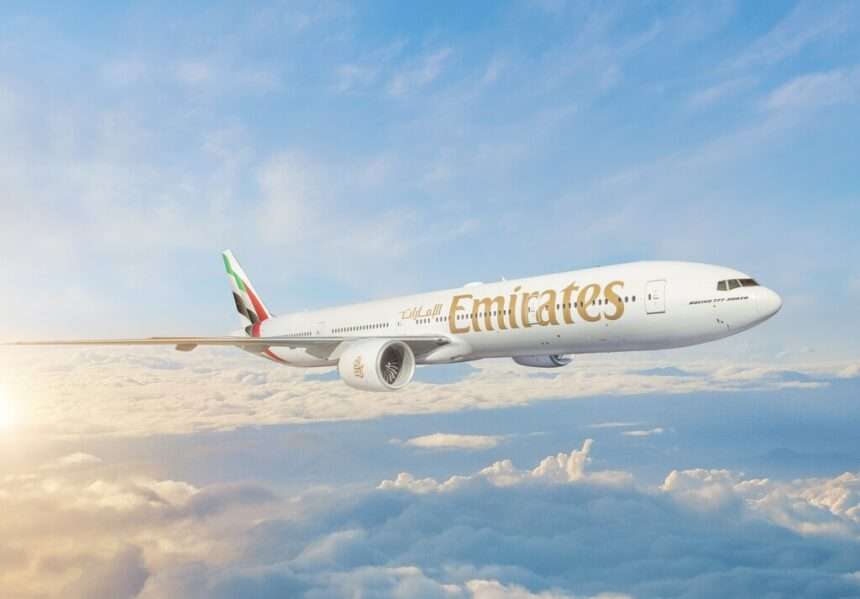Munich Airport, also known as Franz Josef Strauss Airport (Flughafen Franz Josef Strauss), is a major transportation hub in Germany.
It boasts the title of the second busiest airport in the country, connecting Bavaria’s capital to destinations worldwide.
But the journey to becoming this modern marvel involved a significant relocation and meticulous planning.
Let’s delve into the history of Munich Airport, exploring its origins, the dramatic move, and its rise to prominence.
The Early Days: Munich-Riem Airport (1936-1992)
Munich’s aviation story began in the 1930s.
Construction commenced on Munich-Riem Airport in 1936, and by 1939, it was operational, replacing the airfield at Oberwiesenfeld.
During World War II, the airport played a role in the German war effort, serving as a base for Jagdverband 44, a legendary fighter unit.
Post-war, Munich-Riem witnessed a resurgence in civilian air traffic.
The arrival of jet aircraft in the late 1950s further spurred passenger numbers.
However, the airport’s location, nestled amidst a growing city, presented challenges.
Expansion possibilities were limited due to legal and political constraints, and noise pollution became a growing concern for nearby residents.
Planning a New Horizon: The Search for a New Location (1960s-1980s)
By the early 1960s, it became evident that Munich-Riem had reached its capacity.
The Öchsle Commission, formed in 1963, embarked on a crucial mission: finding a suitable location for a new airport.
The search spanned several years, with various factors like environmental impact, accessibility, and future expansion potential considered.
Finally, in 1969, the Bavarian government made a decisive choice.

Erdinger Moos, an extensive area northeast of Munich, was selected for the new airport.
Construction began in 1980, marking the beginning of a new chapter in Munich’s aviation history.
The construction process wasn’t without its complexities.
A small village called Franzheim stood in the path of progress.
The approximately 400 residents were resettled, and the village itself was dismantled to make way for the new airport.
The Great Move: A Logistical Feat (1992)
The year 1992 witnessed a remarkable feat in European aviation history.
The complete relocation of Munich Airport from Riem to Erdinger Moos took place over a single weekend!
This logistical marvel involved meticulous planning for two years.
Around 5,000 people and a staggering 700 trucks were mobilized to ensure a smooth transition.

On May 16th, 1992, Munich-Riem Airport ceased operations shortly before midnight.
Within 16 hours, all infrastructure and equipment were meticulously transferred to the new location.
By the morning of May 17th, the new Franz Josef Strauss Airport, named after the influential Bavarian politician, was operational, welcoming its first passengers.
The success of this large-scale relocation served as a benchmark for future airport relocations worldwide.
A New Era Dawns: Growth and Development (1992-Present)
The new airport offered a significant leap forward in capacity and passenger experience.
With two runways and a modern terminal complex, Franz Josef Strauss Airport quickly became a major transportation hub.
The initial passenger numbers of 12 million in 1992 rapidly climbed, exceeding capacity within a few years.
To accommodate the growing demand, Terminal 2 was inaugurated in 2003, followed by further expansions.
Today, the airport boasts a state-of-the-art infrastructure, featuring two terminals, a satellite building, and extensive cargo facilities.

It caters to over 40 million passengers annually, connecting them to over 240 destinations worldwide.
Munich Airport has also established itself as a leader in innovation and sustainability.
It actively pursues initiatives to reduce its environmental impact, with a focus on noise reduction and energy efficiency.
The airport has consistently received recognition for its passenger services and facilities, achieving a 5-Star Airport ranking by Skytrax in 2015, becoming the first airport outside Asia to receive this prestigious distinction.
In conclusion, Munich Airport’s journey reflects a commitment to progress and adaptation.
From the limitations of Riem to the modern marvel of Erdinger Moos, the airport has constantly evolved to meet the demands of a growing city and a globalized world.
As it continues to expand and innovate, Munich Airport remains a vital gateway to Bavaria and a testament to German engineering prowess.

Click the banner to subscribe to our weekly newsleter.

Click the photo to join our WhatsApp channel so then you can stay up to date with everything going on in the aviation industry!








